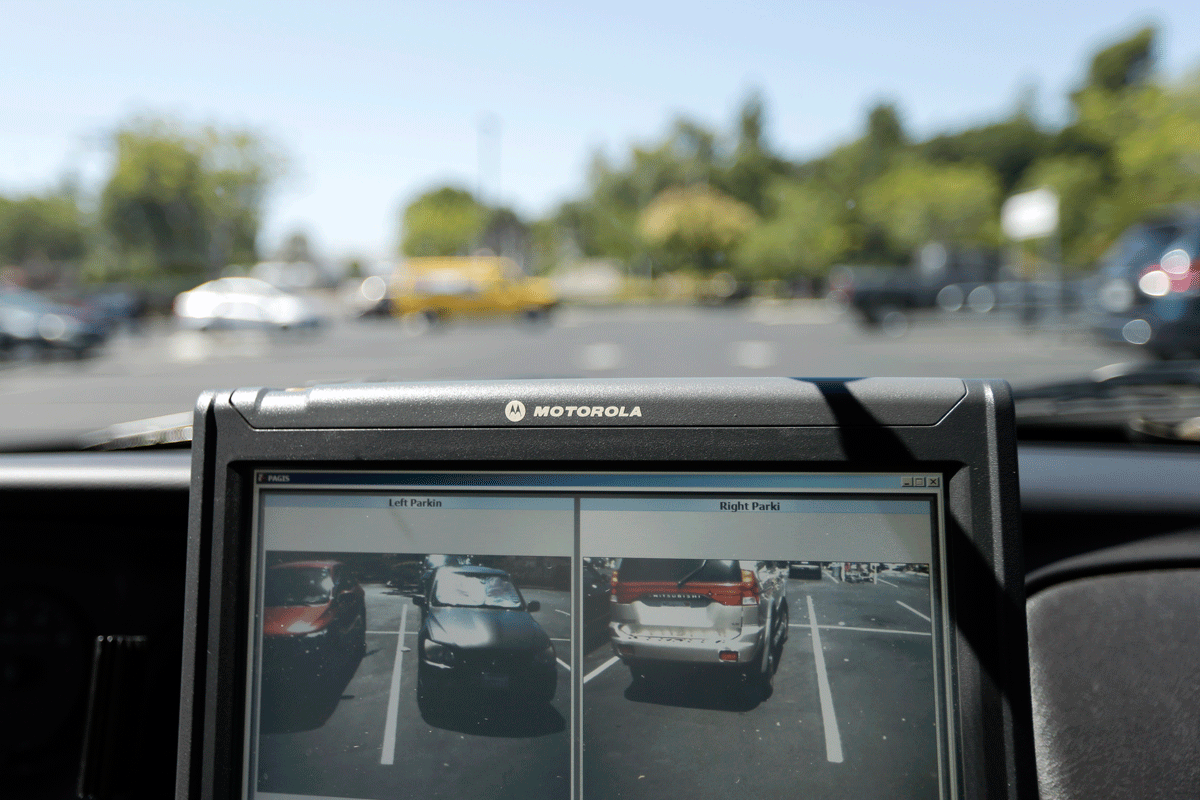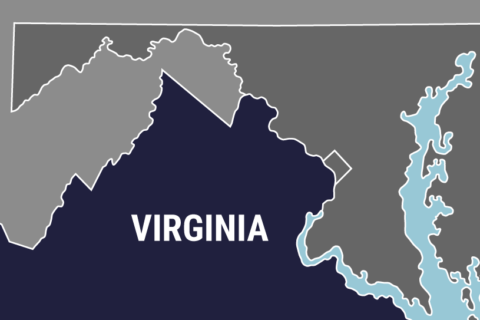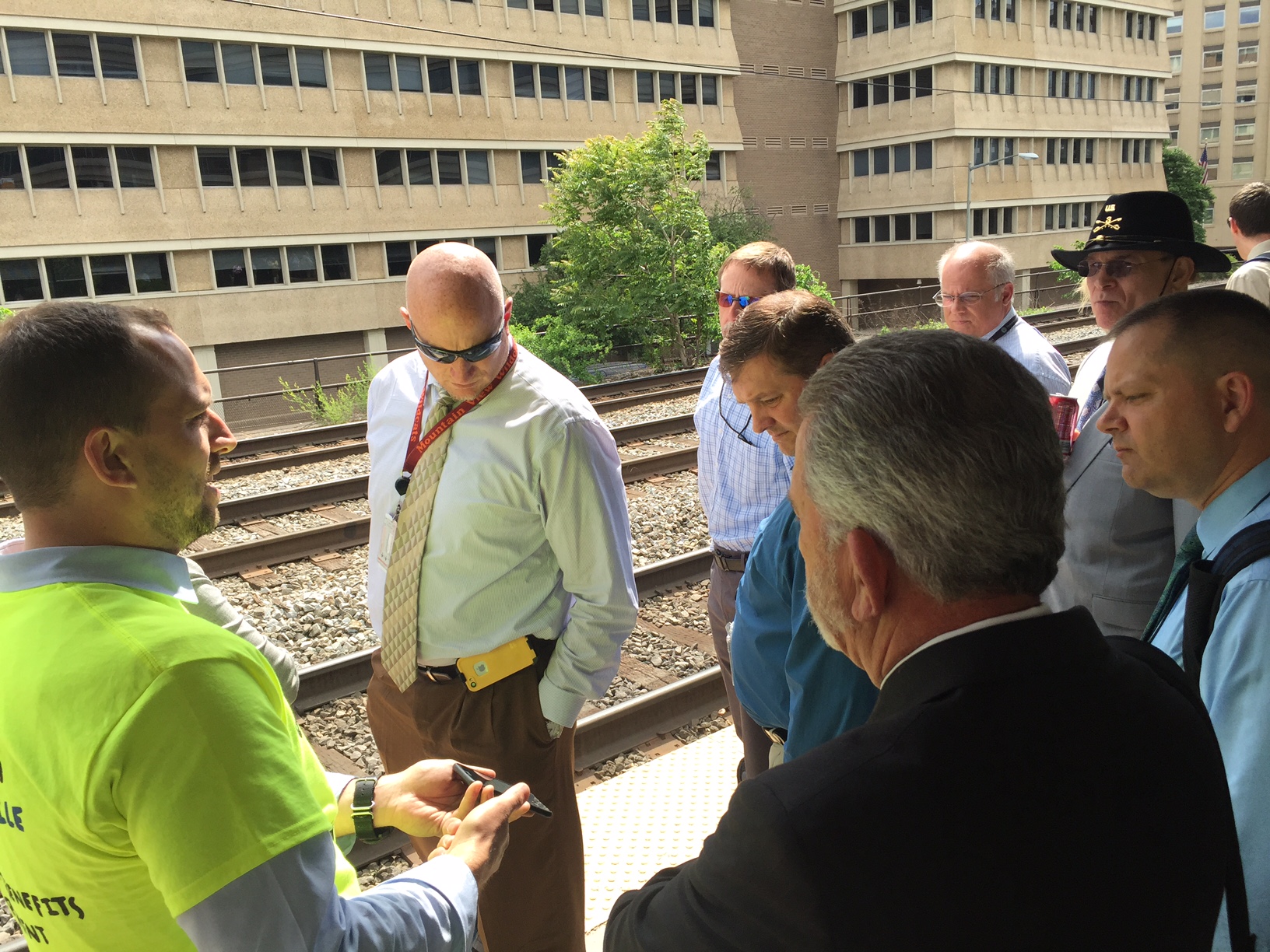WASHINGTON — Virginia is finalizing the details of how new road projects in the commonwealth will compete against each other for money to ease traffic, improve safety and boost the economy.
Deputy Secretary of Transportation Nick Donohue says there is pent-up demand for projects across the state that have been waiting for years. The General Assembly approved new transportation funding in 2013. In 2014, House Bill 2 was signed into law, requiring that projects be rated against each other for funding decisions beginning in summer 2015.
“Really designing your project with the bare minimum of what it needs to meet the problems that exist in that area is going to be very, very important, because cost is a very big driver,” Donohue said at a Commonwealth Transportation Board meeting Tuesday in Tysons Corner.
The projects will be pitted against each other based on congestion relief, safety, accessibility to jobs and other locations, economic development, environmental quality and land-use impacts relative to the project costs.
Transportation Secretary Aubrey Layne says that could lead to money going to many smaller projects targeting solutions that are “low-hanging fruit.”
Several Northern Virginia and Hampton Roads representatives on the board urged the staff to give more weight to congestion relief in the consideration of projects in the two regions, even though it is already the largest single factor in the draft scoring plan.
Board member James Dyke of Tysons Corner told his colleagues before a helicopter tour of potential projects that he cannot emphasize enough the importance of congestion relief.
“Think if you were down sitting in the middle of it. I think 50 percent would be really low, to be perfectly honest with you, so just take into consideration where you are,” he said.
The congestion measure looks at how many more people a project could help move through an area and how much less time they would spend in delays during peak periods.
The relative scoring of projects means that some projects could be ranked low one year, but get money the following year if no higher-rated projects are added into the application pipeline.
The Commonwealth Transportation Board is also considering big changes for Interstate 66, which Layne indicated Tuesday could be paid for through public financing rather than through a public-private partnership like those used to construct the 95 and 495 Express Lanes.
He expects a decision on how to fund that project by the end of the summer. VDOT is still working on what the I-66 project will look like, including whether it will reserve median space for future rail or bus service.
While the update on the plans at the board meeting did not include significant new details, Layne said he would only approve a project that had some form of transit options included.
The Commonwealth Transportation Board is hearing public comment Wednesday in the Tysons Ballroom at the Sheraton Premier with a major focus on the funding priorities for the six-year transportation plan.
The meeting begins at 8:30 a.m.
Anyone interested in commenting on the I-66 widening design process outside the Beltway, and the additional changes inside the Beltway during rush hour, can comment at upcoming environmental public meetings:
All hearings are scheduled from 5:30 p.m. until 9 p.m.
- Wednesday, May 27, at VDOT’s Northern Virginia District Office — Potomac/Occoquan Rooms, 4975 Alliance Drive, Fairfax
- Thursday, May 28, at Oakton High School, 2900 Sutton Rd., Vienna
- Tuesday, June 2, at Battlefield High School, 15000 Graduation Drive, Haymarket
- Wednesday, June 3, at Bull Run Elementary School, 15301 Lee Highway, Centreville.
The plans for I-66 include new toll lanes outside the Beltway, similar to the existing lanes on I-95 and I-495, and new rules in the rush hour inside the Beltway that include the same restrictions. Drivers with three or more people can travel for free, but cars with one or two people can use the lanes by paying a toll that rises with the number of other vehicles in the lanes.







